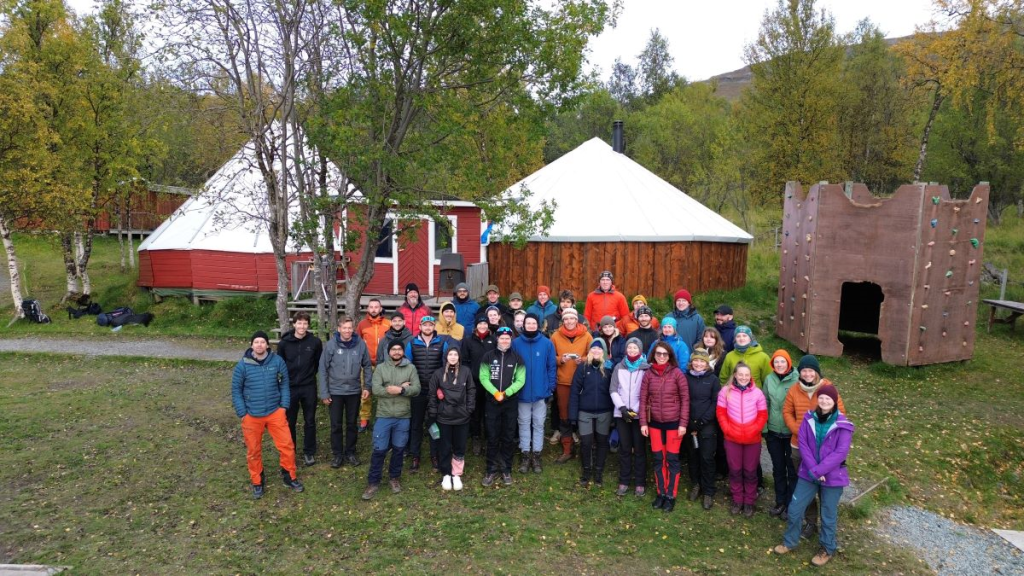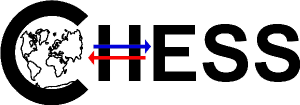 In september, 10 PhD students working on the cryosphere or cryospheric change gathered in the Lyngen Alps in Northern Norway to focus on learning a specific method that they would use for their research. Lyngen is a perfect place to study the cryosphere with its rich collection of glacial and periglacial landforms that when measured can be used to understand how the climate in the area has changed over both contemporary and paleo timescales. Joining staff from UiB were Jack Holt and Roberto Aguilar who flew in from Arizona with their state of the art drone-based georadar to show to the students.
In september, 10 PhD students working on the cryosphere or cryospheric change gathered in the Lyngen Alps in Northern Norway to focus on learning a specific method that they would use for their research. Lyngen is a perfect place to study the cryosphere with its rich collection of glacial and periglacial landforms that when measured can be used to understand how the climate in the area has changed over both contemporary and paleo timescales. Joining staff from UiB were Jack Holt and Roberto Aguilar who flew in from Arizona with their state of the art drone-based georadar to show to the students.
Students chose one of four techniques: using UAVs to survey the area in high-resolution, using geophysical methods to study the subsurface, performing quaternary mapping to characterise formerly glaciated valleys, and extracting lake sediments that can be used to infer how the glaciers in the region have changed over tens of thousands of years.
For the first few days we stayed at Aurora lodge cabins in eastern Lyngen where the PhD students got to grips with their chosen methods. Then we met up with twenty master students from UiB in western Lyngen where the PhDs helped in teaching their methods to the students. Conditions were at times Arctic, with everyone camping out for two nights as the mercury hovered around freezing point at night, as such the poster session we had outdoors was a great opportunity to mingle in our down jackets and get to know what the PhDs were working with. We were however treated to frequent displays of the aurora from our camp on the edge of Jægervatnet.
Text: Benjamin Robson
Photos: top: Olena Dubovyk; middle: Benjamin Robson ; bottom left: Olena Dubovyk; bottom right: Benjamin Robson



